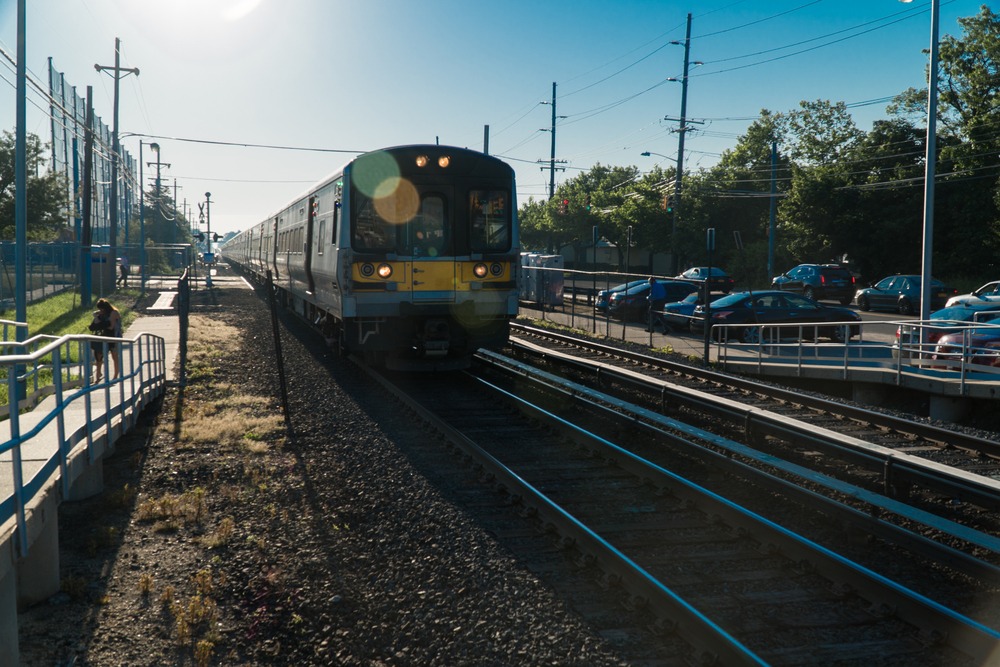
The National Transportation Safety Board (NTSB) recently released four railroad related safety recommendations as well as two railroad accident briefs.
The recommendations and briefs are the result to two 2017 accidents – the May 6 derailment of a BNSF Railway train carrying crude oil which resulted in a fire and a Sept. 29 accident in which a Union Pacific Railroad remote control train hit and killed a foreman.
The BNSF accident was caused by a broken wheel.
Two safety recommendations were issued to the Federal Railroad Administration (FRA). The first was for the agency to research and evaluate wheel-impact-load thresholds. The second recommendation was for the FRA to mandate remedial actions for railroads to avoid or identify mechanical defects identified by wheel-impact-load detectors.
Another recommendation issued for the FRA and for the Association of American Railroads was for the groups to evaluate wheel safe peak vertical load thresholds and determine remedial actions for suspected defective wheel conditions.
NTSB also issued a safety recommendation to Union Pacific, which stated the railroad must develop and implement man-down alarms that would allow workers to differentiate between legitimate and non-critical alarms.
During the course of its investigation, NTSB found Union Pacific employees received frequent, non-critical, man-down alarms. NTSB believes these frequent alarms may have reduced the attention and reaction given to actual critical alarms.